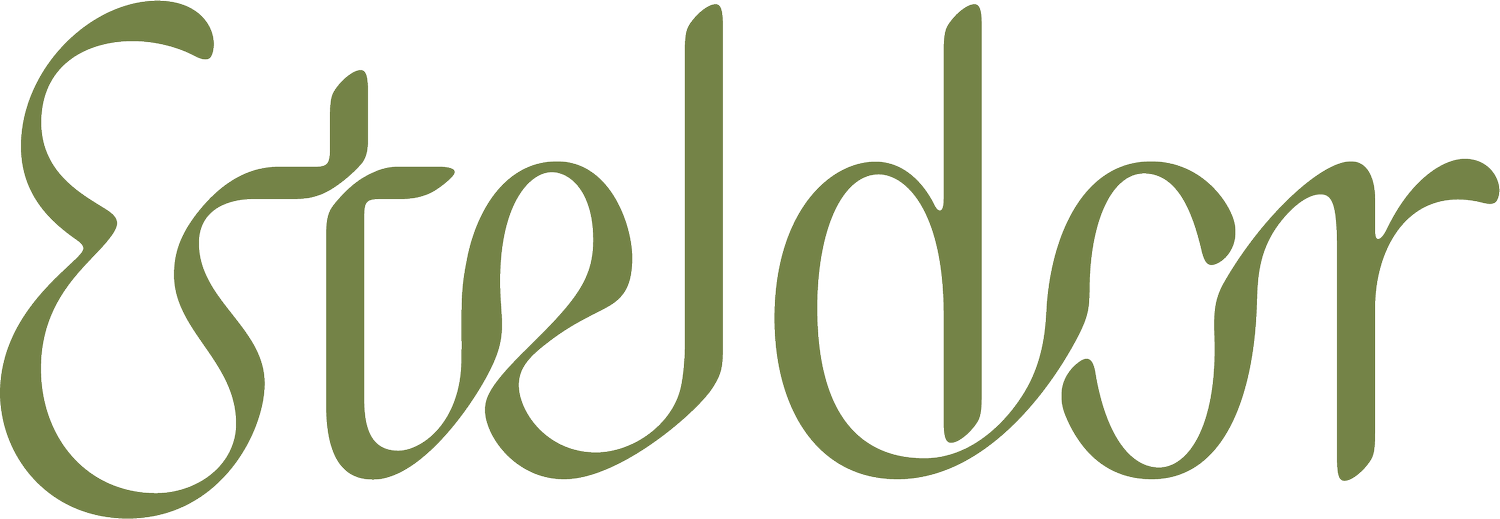Entry 002: “All is Vanity” Part 2
In this entry I share links to my favorite tools and supplies, but these are not affiliate links or sponsored ads. I do not get any kind of monetary gain (or otherwise) from these recommendations. I am not associated with the brands or websites linked.
“All is Vanity” is a limited edition linocut print created in early 2023.
Previously…
Entry 001: “All is Vanity” Part 1: Concept, Sketch, and Transfer to the Block
STEP 5: Carving the Blocks
This is one of my favorite steps of this printmaking process. I get to just stand at my standing desk, put on a video to watch/listen to, turn on my task lights, and just focus on carving for a couple hours at a time.
It’s both a physical and a mental process. It takes a lot of attention and restraint, and has a very tangible payoff. I think that is a type of work that I find a lot of fulfillment in. If I try to rush the results and get too impatient with my progress, I run the risk of having to start all over again. I love how carving forces me to slow down and just focus.
The carving tools I use are Pfeil tools. I started with Set C, and have added a few to my collection since then. I keep my tools sharp with my Flexcut SlipStrop, but will likely have to send them out to be professionally sharpened at some point soon.
I always start with carving the key block, which in this case is the block that prints the black ink. Then I carve any secondary blocks, making sure that they line up with the key block. For this design, I aligned the upper left corner and the top and left edges, and didn’t worry about the other edges aligning when I cut out the blocks.
Step 6: Choosing the Paper
I love to use handmade Washi papers for my printmaking for several reasons—
They tend to be thinner, making it much easier to print by hand. Stiff/thick paper is more difficult to press onto the block to get even ink transfer.
They are more absorbent, which works better for the ink I like to use that dries through absorption.
They are handmade— which means that each one is unique and has interesting textures and inclusions.
They come in more organic colors instead of bright white. My art has a vintage feel and I find that the warm off-white shades of handmade paper is more in harmony with my designs.
For this design, I chose Nishinouchi paper. I had used it for a previous commissioned print and I really loved the warm neutral color and texture.
Step 7: Preparing the Paper
Nishinouchi Paper comes in large sheets, so I had to tear them down to size for this design. I use a ruler with a rough edge to help the torn edges feel more “deckled” so they match the naturally deckled edges of the handmade paper.
I tear the paper about an inch longer than it needs to be for the final print, so that I have space to tape on Ternes-Burton registration pins.
I use a very simple set up for registration— just a piece of chipboard to press the block up against with some guidelines drawn on it for lining up the paper. I use the Ternes-Burton registration pins to keep the paper in the same place every time for printing both blocks.
I apologize that I don’t have as many photos from these steps, I’ll be sure to capture that next time!
Step 8: Dialing in Registration
When I finished carving the blocks, I tested the design on a scrap piece of paper using my Versafine ink pads in whatever colors I happened to have on hand. I like using the ink pads for this test print because the colors are more transparent and I can see better how the blocks line up.
For this design, I wanted the gold to really flood the areas that it was in so I designed in a bit of overlap between the two blocks so that there wouldn’t be a gap even if they were slightly misaligned. This is called adding in a “bleed.”
For this print, I’m also analyzing how the blocks are printing and checking if there are any last details I need to fix or carve.
Here I also tested a couple locations for my signature stamp, which I eventually decided against using in the final design. I felt like it was too distracting in this design and interrupted the flow of the composition.
Step 9: Preparing the ink
For my ink, I love to use Cranfield Colour’s Caligo Safe Wash Relief ink. For metallics, I use their Traditional Relief Ink. These oil-based inks take longer to dry and you want to be sure to use them on more absorbent papers or they might never dry. I just really love the luminance of them and that I don’t have to worry about them drying while I’m printing. When I do have concerns about the ink drying, I mix in a small amount of the Cranfield Wax Drier to speed it along.
I’ve always used Speedball’s Soft Rubber Brayers, and they have served me well for the 4 years I’ve been printmaking. However, I do hope to get a more professional brayer at some point that is easier to clean and hopefully doesn’t need regular coatings of cornstarch to keep it from getting sticky.
To be continued…
As always, if you have any questions about my process feel free to reach out to me at grace@esteldor.com . I am happy to share!
Part 3 will be posted on May 29, 2023 and will cover the final printing and finishing of “All is Vanity.”
“All is Vanity” is available for purchase now:
U.S.A.: https://www.esteldor.com/currentworks/p/all-is-vanity
International: https://www.etsy.com/listing/1476637723/all-is-vanity-limited-edition-linocut






